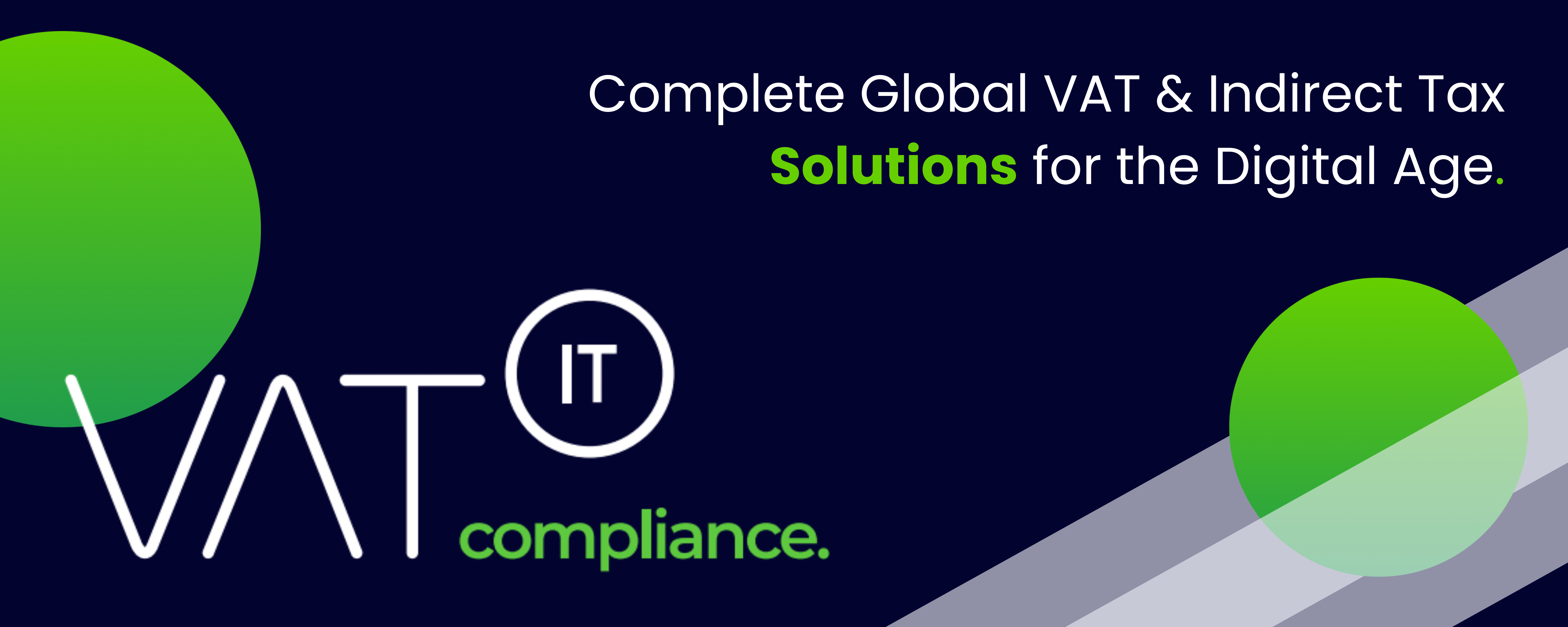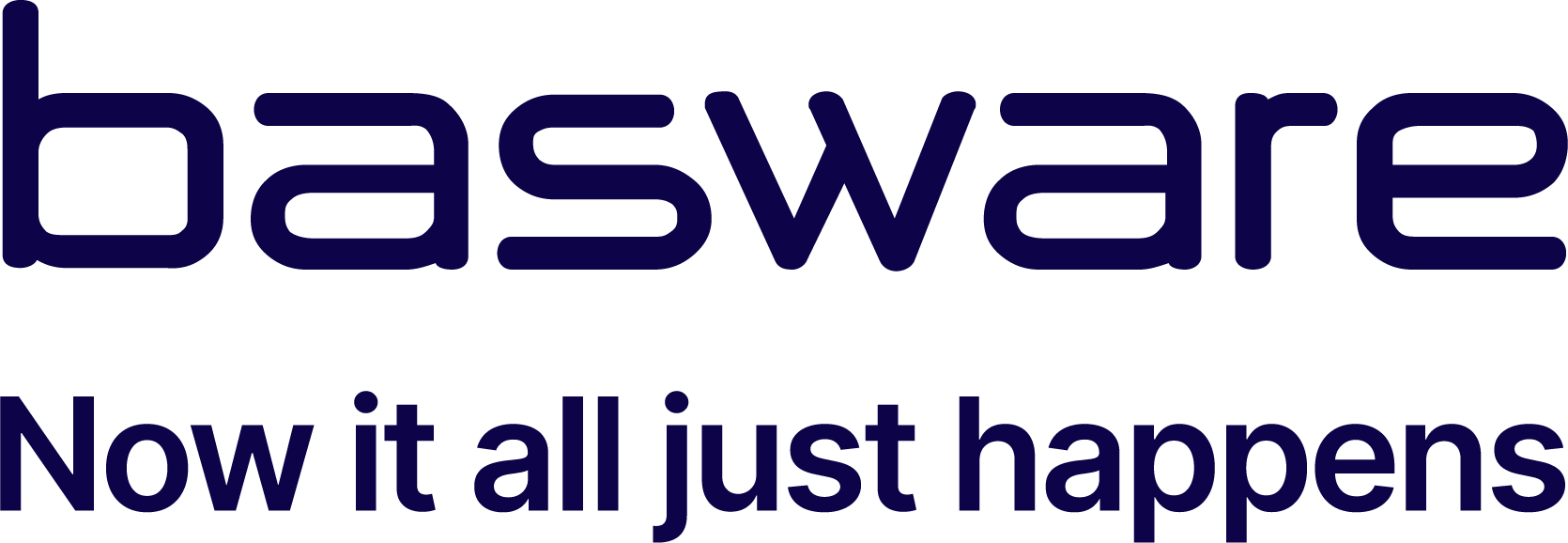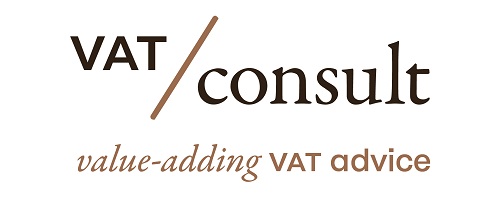Briefing Document: VAT Deduction in Healthcare – Analysis of Case C-513/24
1. Executive Summary:
Case C-513/24 centers on the deductibility of VAT on goods and services mandated for healthcare facilities by national legislation when those same goods and services are also used for services subject to VAT. The Advocate General’s opinion, while not binding, provides significant guidance on interpreting Article 173(1) of the VAT Directive, emphasizing the need for a direct and immediate link between input and output transactions for VAT deduction. The opinion distinguishes between “healthcare services” and “additional services” provided by the hospital and suggests differing approaches to VAT deduction for each. The case highlights the tension between harmonized EU VAT rules and the specific circumstances of national laws, especially those imposing legal obligations on businesses.
2. Core Legal Question:
Can a hospital deduct a proportional amount of VAT paid on goods and services that are legally required as minimum equipment for providing VAT-exempt healthcare services, when those same goods and services are also necessary for providing other services for which VAT is deductible? This hinges on whether the required equipment constitutes “general costs” directly linked to the hospital’s overall economic activity.
As the key source puts it: “The core issue revolves around whether a hospital…can deduct a proportional amount of Value Added Tax (VAT) paid on goods and services that are mandated by national legislation…as the minimum required equipment for providing VAT-exempt healthcare services, when those same goods and services are also essential for providing other services on which VAT is deductible.”
3. Relevant Legal Framework:
- VAT Directive (2006/112/EC): Establishes the common system of VAT in the EU.
- Article 173(1) of the VAT Directive: Addresses the situation where goods and services are used for both VAT-deductible and non-deductible transactions. It stipulates that only the proportion of VAT attributable to the deductible transactions can be deducted, calculated proportionally. As the key source puts it, “Article 173(1) of the VAT Directive stipulates that when goods or services are used for both VAT-deductible and non-deductible transactions, only the proportion of VAT attributable to the deductible transactions can be deducted.”
- Decree No. 92/2012 (Czech Republic): National legislation specifying the minimum technical and material equipment required for healthcare facilities. “Decree No. 92/2012 is important because it sets out the minimum technical and material equipment standards for healthcare facilities in the Czech Republic, meaning Oblastní nemocnice Kolín is required to possess this equipment to be licensed and provide healthcare services.”
4. Key Concepts and Principles:
- Direct and Immediate Link: The Court of Justice requires a direct and immediate link between input and output transactions for VAT deduction. The expenses incurred for inputs must be a component of the price of the output transactions.
- “A “direct and immediate link” signifies that the cost of an input transaction is directly and immediately tied to an output transaction (or transactions) that generates the right to deduct VAT. This connection is essential because the Court of Justice requires this direct relationship for a taxable person to be able to deduct VAT.”
- General Costs: Expenses not directly linked to specific output transactions but related to the overall economic activity of the business (overhead). VAT deduction is possible if the input contributes to the general costs of the business as a whole.
- “”General costs” are expenses incurred by a taxable person that are not directly linked to specific output transactions but are related to the overall economic activity of the business…Even if there is no direct and immediate link between an input and a specific output transaction, VAT deduction is still possible if the input contributes to the general costs of the business as a whole.”
- Objective Content: Assessing transactions based on all surrounding circumstances and focusing on the actual economic activities, actual use of goods/services, and the main reason for the transaction.
- “The “objective content” of transactions requires a thorough assessment of all circumstances surrounding the transactions to focus on the actual economic activities. This includes looking at the actual use of goods and services, and the main reason for the transaction.”
5. Advocate General Rantos’s Opinion – Key Arguments:
- Distinction between Legal and Commercial Links: The Advocate General emphasizes that the case concerns a legal obligation to purchase certain goods/services (due to Decree No. 92/2012), not necessarily a direct commercial link between input and output. A statutory purchase obligation alone isn’t enough to establish a direct and immediate link.
- “Advocate General Rantos distinguishes between commercial and legal links to emphasize that the case concerns a legal obligation…to purchase certain goods and services…He argues that the existence of a legal obligation is not, in itself, sufficient to establish a direct and immediate link.”
- Healthcare Services vs. Additional Services:Healthcare Services (Subject to VAT): Costs can be apportioned between exempt healthcare services and VAT-taxed healthcare services, allowing proportional deduction.
- “Advocate General believes that costs can be apportioned between, on the one hand, the exempted healthcare services and, on the other, the healthcare services subject to VAT and deducted on a proportional basis.”
- Additional Services: It cannot be presumed that goods/services required by law are assigned to the provision of “additional services.” The legislation is focused on healthcare services, not “additional services.”
- “For additional services, it cannot be presumed that the goods and services which are required to be purchased are assigned to the provision of additional services. The legislation, in its current form, appears to be focused solely on the supply of healthcare services and not additional services.”
- Defibrillator Example: Highlights that a legally required piece of equipment may not automatically be linked to all economic activities of the hospital. The important factor to consider is the possibility of such use, not the actual/regular use.
- “The example of a defibrillator illustrates that a required piece of equipment may not automatically be linked to all economic activities of a hospital, even if necessary for a specific service…the most important factor in order for output transactions to give rise to a right to deduct in proportion to the input transactions, is not the actual or regular use of the input goods and services, but rather the possibility of such use.”
- Burden of Proof: While the taxable person generally bears the burden of proof to show a direct and immediate link, the existence of a statutory obligation assigning the goods/services to a specific activity could shift the burden to the tax authorities.
- General Conclusion: Costs incurred for legally required equipment do not automatically qualify as “general costs” that give rise to a proportional VAT deduction unless a direct and immediate link with the overall economic activity can be demonstrated.
6. Implications for Healthcare Providers:
- The Advocate General’s opinion, if followed by the Court of Justice, suggests a stricter interpretation of the “direct and immediate link” requirement for VAT deductions on legally mandated equipment.
- Healthcare providers in Member States with similar VAT regulations and minimum equipment requirements may face challenges in deducting VAT on essential equipment, especially if the equipment is primarily used for VAT-exempt activities.
- The distinction between “healthcare services” and “additional services” could lead to complex apportionment calculations and increased scrutiny from tax authorities.
- The case highlights the importance of carefully documenting the use of equipment and services to demonstrate a direct and immediate link to VAT-taxed activities.
7. Open Questions & Potential Issues:
- The Advocate General Rantos mentions in point 31: “In those circumstances, although that equipment is intended to be used more regularly by the intensive care unit than by the gynaecology department, it might nevertheless be needed by that department, as equipment which may be used if and where necessary, so that there is a link between its acquisition and the activity pursued. (26) As is apparent in particular from the judgment in Iberdrola Inmobiliaria Real Estate Investments , (27) a link between input and output transactions need not be exclusive and may relate to input activities which also benefit other output transactions or other persons. (28)” This highlights the importance of considering the purpose of the items and the possibility of its use by other VAT-taxed activities. The burden of proof remains for the party that wants to deduct but such an evaluation will need to take into account the potential uses for the items.
8. Glossary of Key Terms:
See the “VAT Deduction: Healthcare Services Study Guide” for definitions of key terms.
This briefing document provides a comprehensive overview of the key themes and arguments in Case C-513/24. The Court of Justice’s eventual ruling will have significant implications for VAT deductions in the healthcare sector.
See also
- Join the Linkedin Group on ECJ/CJEU/General Court VAT Cases, click HERE
- VATupdate.com – Your FREE source of information on ECJ VAT Cases
- Podcasts & briefing documents: VAT concepts explained through ECJ/CJEU cases on Spotify
Latest Posts in "European Union"
- VAT on tooling can add 27% to production costs for manufacturers
- ECJ VAT C-465/25 (Matin Maier) – Questions – VAT deduction rights when a supplier is deregistered or declared inactive
- Briefing document & Podcast: C-726/23 (Arcomet Towercranes) – VAT and Transfer Pricing Adjustments on on Intra-Group Services
- Briefing document & Podcast: ECJ C-409/24 to 411/24 – AG Opinion – VAT on Short-Term Accommodation and Ancillary Services
- EU Unveils Strategy for VIDA Implementation: Key Milestones for VAT Modernization by 2035














